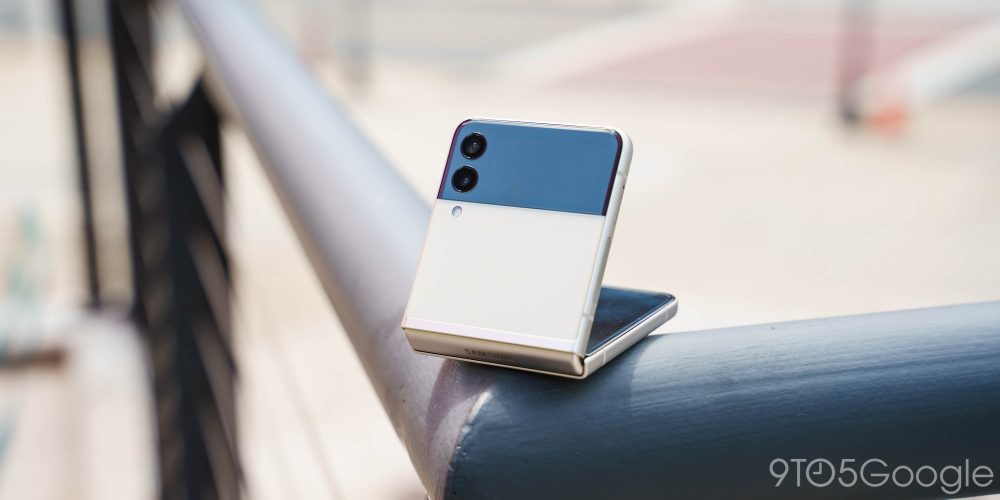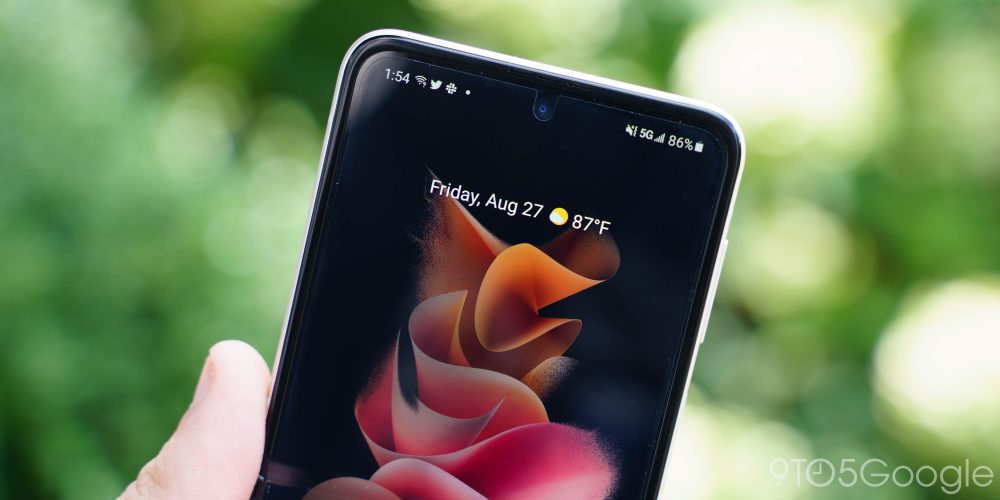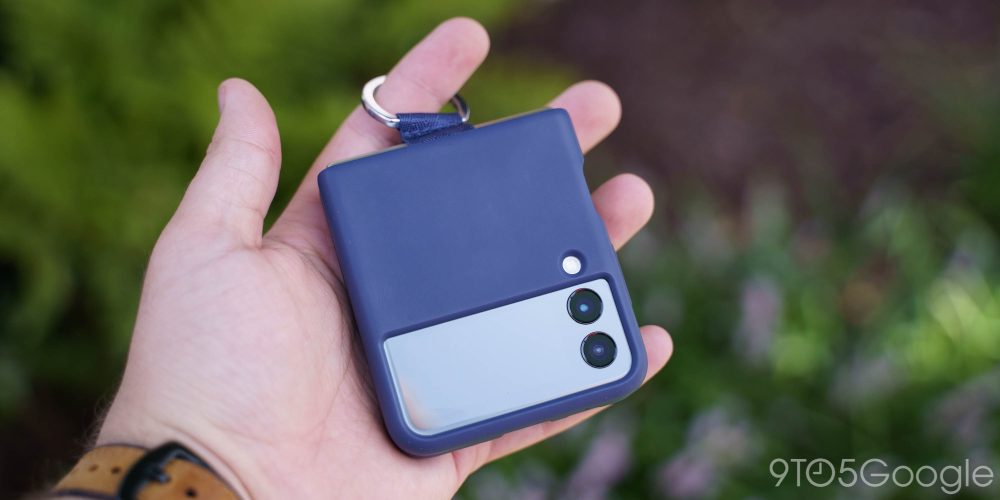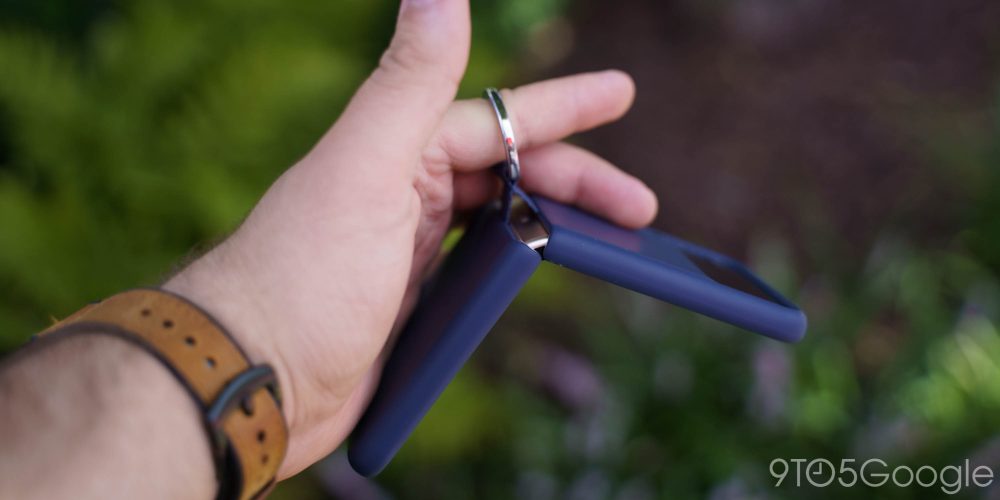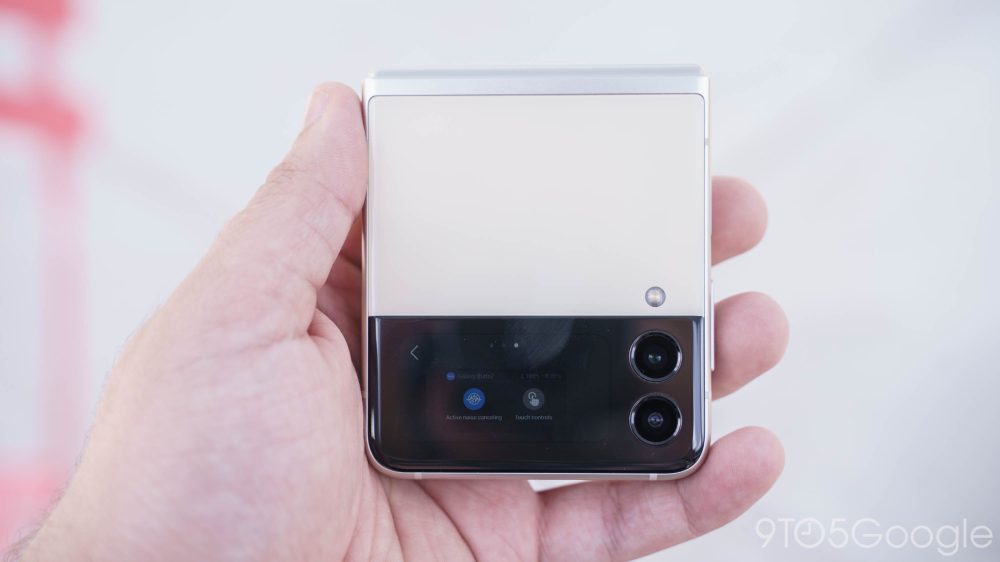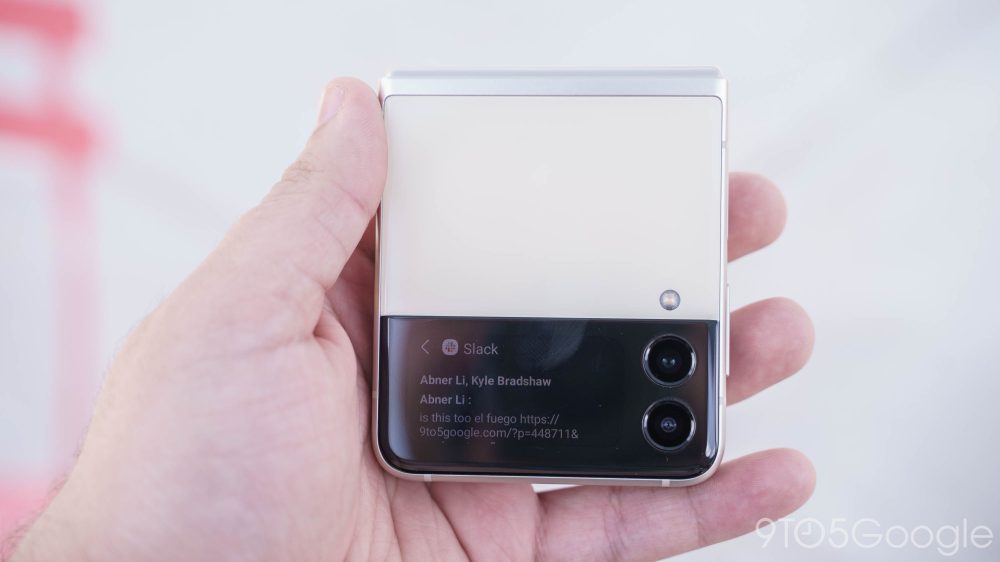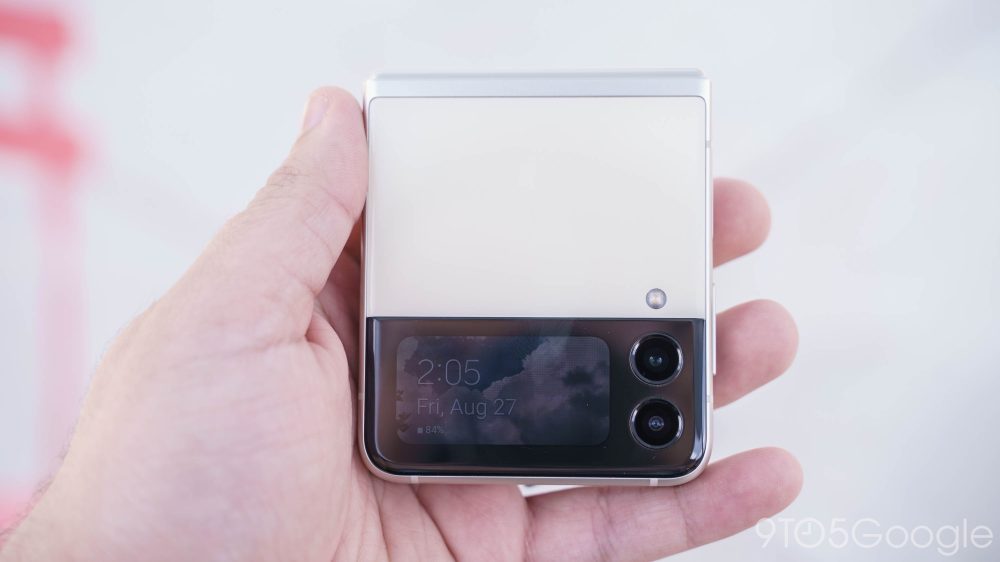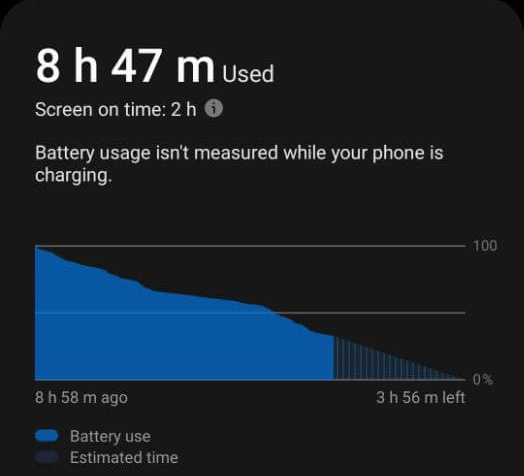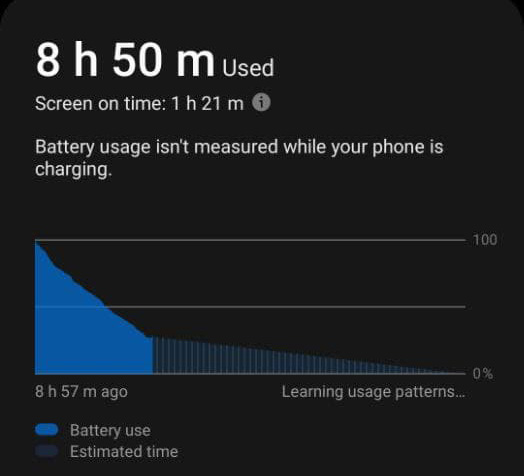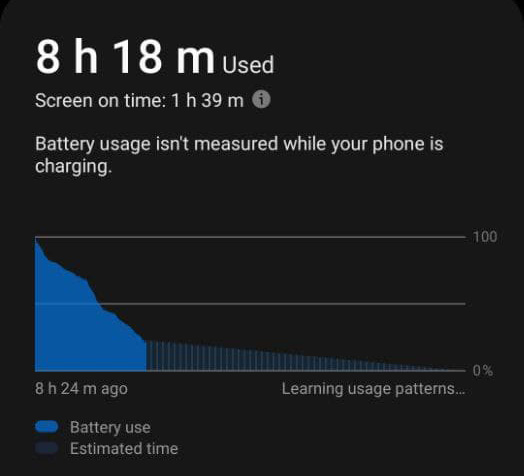
Foldable smartphones offer a lot of potential, but price has always been a prohibitive factor. For the first time, Samsung has dropped pricing considerably this generation, with the Galaxy Z Flip 3 coming in at $999. With a price that, frankly, is worth it, is there any reason to stick with a traditional smartphone?
Hardware |
The Galaxy Z Flip 3 is one of two types of foldables. Where its sibling, the Galaxy Z Fold 3, aims to give you a normal phone that expands to give you more, the Flip 3 takes a normal phone and lets you fold it to a smaller footprint. I’d wager that most people will have one of two reactions to that. The first, “Why would I ever need to do that?” The second, “That would be a game-changer for me.”
For the first group of people, I can really see where that opinion comes from. One of the biggest problems I still take from this form factor is the time required to open up the phone to do essentially everything, and it’s really not that easy to do one-handed. The only ways I’ve found to reliably do that are to open the phone a little bit with one hand and then use your chest to go the rest of the way, or to open it a bit, grip the bottom, and fling it open with a flick of the wrist. I don’t really recommend the second one, though. Not only will, one day, you surely lose grip and throw the thing halfway across a room, it also seems very unhealthy for the hinge. But then again, I’m not here to control you and it is super fun to do.
On the other hand, the Flip 3 really had me realizing why this form factor could be such a big deal to so many people. With this device, I had a full-sized smartphone in my pocket, but it wasn’t dominating 90% of the space in my pocket. When it’s folded up, I could still easily fit the key fob for my car or the charging case for my earbuds in my pocket comfortably. It’s something I just can’t do with other smartphones with a 6.7-inch display. Sure, the phone is a bit thicker than the average at over 15mm when folded, but it’s absolutely a worthy trade-off.
Another perk I found myself really enjoying on the Flip 3 thanks to its foldable nature was Samsung’s “Flex Mode.” The tightness of the special hinge basically allows the display to stay at a specific angle, which comes in handy more often than you’d probably think. I found it super useful for watching YouTube videos when the phone was sitting on a table as the hinge acts as a built-in kickstand.
That’s all to say that, with this polished-off hardware, it’s easy to see where the Galaxy Z Flip 3’s form factor gives it utility that you don’t get from a traditional smartphone. The nostalgia of having a flip phone again might be enough to turn some heads, but that doesn’t mean much if there’s no practicality attached to it.
However, there is definitely something to be said about the “cool factor” of the Flip 3. I had a couple of occasions in the past week where I opened up the phone to get a shocked reaction from someone nearby, blown away by what they just saw. Using the phone, that’s a reaction that fades into the background for the user, but moments like those spark joy for all involved.
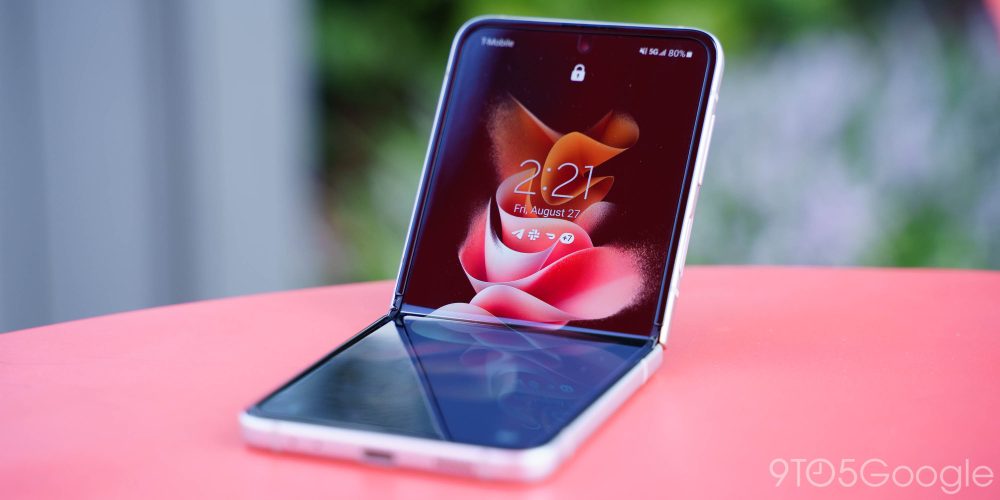
What makes the form factor compelling, though, is that there are no longer any major problems to overcome. Samsung has brought folding tech to the point where you really don’t compromise much to get in on the fun, and the most important part of that is durability.
To enhance the Galaxy Z Flip 3’s durability, the phone has a new hinge and body that comes with IPX8 water resistance. That means a rainstorm or spill won’t kill your phone, but you should still avoid saltwater or even a pool. The “X” in that rating, though, also means that the phone has no seal against dust. Bits of debris can make their way inside of the hinge in the right circumstances, but the odds are in your favor here. Samsung’s internal brush mechanism has done a great job on other foldables in keeping the hinge free of dust.
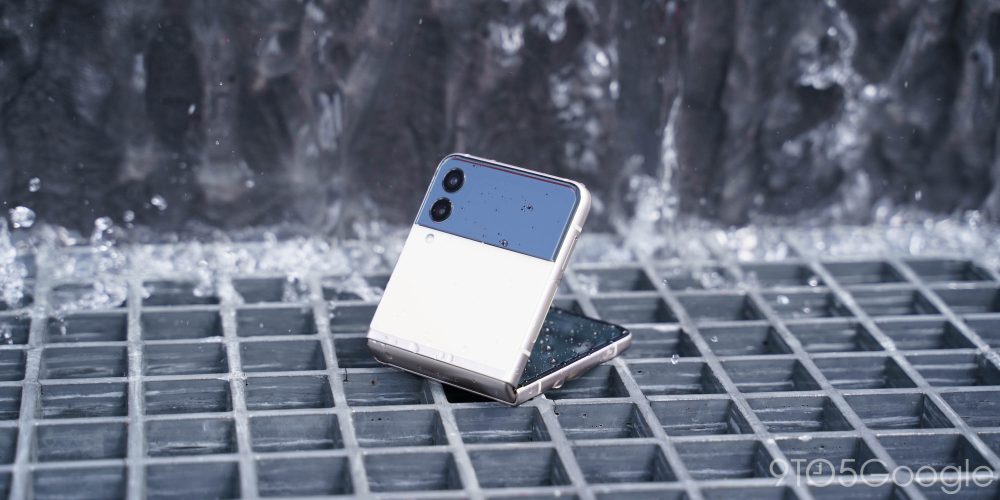
The other area Samsung has improved the hardware is the internal display. The assembly as a whole is just a bit more durable this year, but the primary improvement comes to the top layer. A new pre-applied screen protector is up to 80% more durable to scratches and “dents.” It also has a better coating applied that does a better job of rejecting fingerprints and makes it feel virtually identical to a regular phone display. After nearly two weeks of use, there’s not a scratch on my display, but there are plenty of fingerprints.
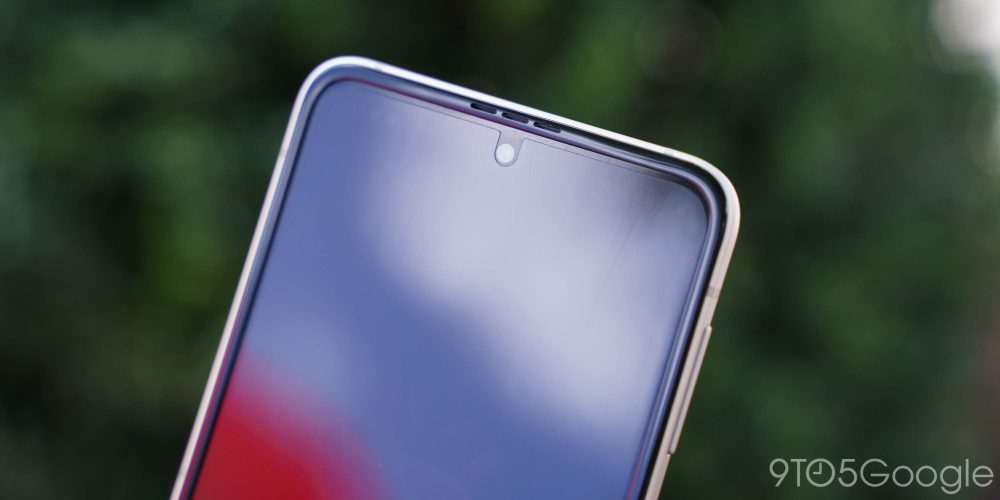
Another thing Samsung struggled with in past foldable generations was protection. Cases are a challenge for these phones, but I think Samsung has nailed it this year. I was able to test out the company’s leather cover, which fits well and feels nice, but the real highlight was the silicone cover with a ring attachment. It feels so oddly natural to use a phone like in a case with a ring hanging off the back. Plus, it solves the issue of the glossy hardware being slick enough to move itself around on a table that’s even slightly uneven. I highly recommend getting a case with this phone — they’re often free.
These three points were the biggest problems of past Samsung foldables, and removing them really does wonders in making the Galaxy Z Flip 3 feel like less of a compromise. Now, it just feels like the premium smartphone that it is.
Displays |
Starting from the outside, the Galaxy Z Flip 3 has a small display that can’t do much, but it’s a massive improvement over what came before. Where the previous generation had a tiny display that could only display a few characters of a text at a time, this new display is big enough to actually serve a purpose.
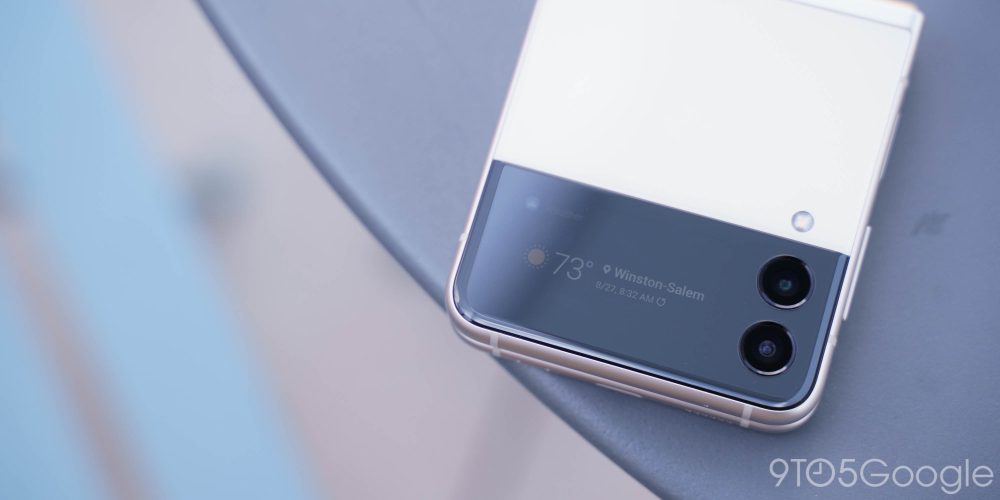
That said, it still doesn’t do much. The outer display is best served as a notifications hub, with a swipe to the left showing your messages and other notifications. You can tap on any notification to see its full contents. However, you can’t do anything with those notifications. Tapping a message shows a reply button, but hitting that just prompts you to open the phone, making it pointless.
In the other direction, a swipe to the right reveals widgets that you can set up, including weather, music controls, timers, alarms, calendar appointments, Samsung Health data, and more. There are no third-party offerings here at all, which certainly limits the utility, but I found music controls fairly useful if the phone was sitting in front of me on the table. For just about everything, though, I just opened the main display.
The inner display on the Galaxy Z Flip 3 is very similar to the one on the previous model, just with one key upgrade. The 6.7-inch, 1080p AMOLED panel now supports a 120Hz refresh rate. Great, I thought, until I saw the effect that has on battery life. We’ll get more to that in the next section, but the short story is that you’ll want to run this phone in 60Hz mode to get any kind of endurance out of it.
That said, the 120Hz panel is just as good as any other Samsung display, which is to say it’s the best in the business. Colors are saturated by default, but not offensively so, in my opinion. Scrolling is especially smooth at 120Hz, but I wasn’t put off by the performance at 60Hz either.
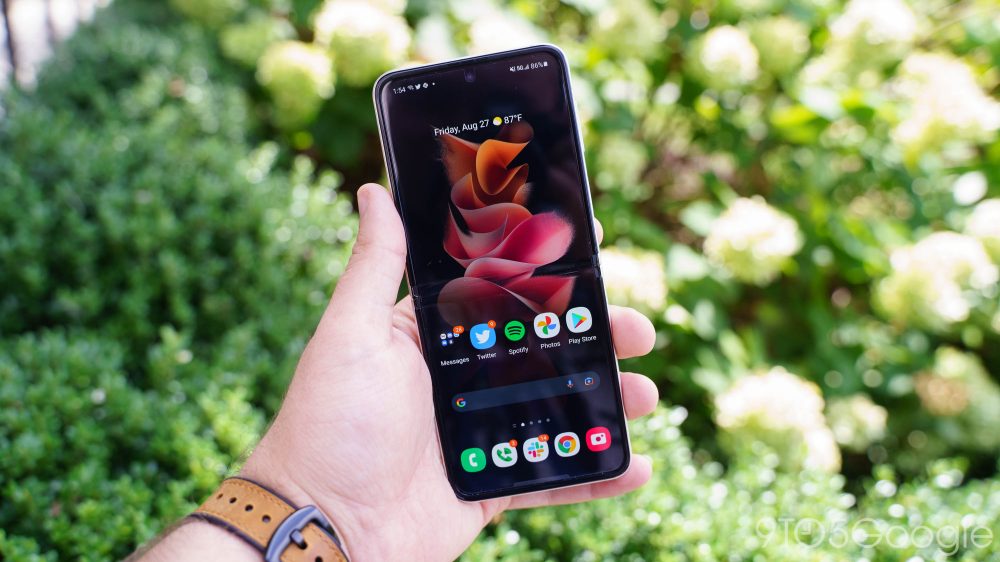
Brightness is perhaps the bigger upgrade compared to the refresh rate, as it makes the phone usable outdoors. Where the Flip 5G was very hard to read on a sunny day, I can easily make out the Galaxy Z Flip 3’s display just about as well as any other phone of its caliber.
Also, the foldable nature of this phone still means there’s a visible and tactile crease in the middle of the display. This might be something that nitpickers are quick to call a deal-breaker, but in daily use it’s invisible and you don’t even feel it under the finger.
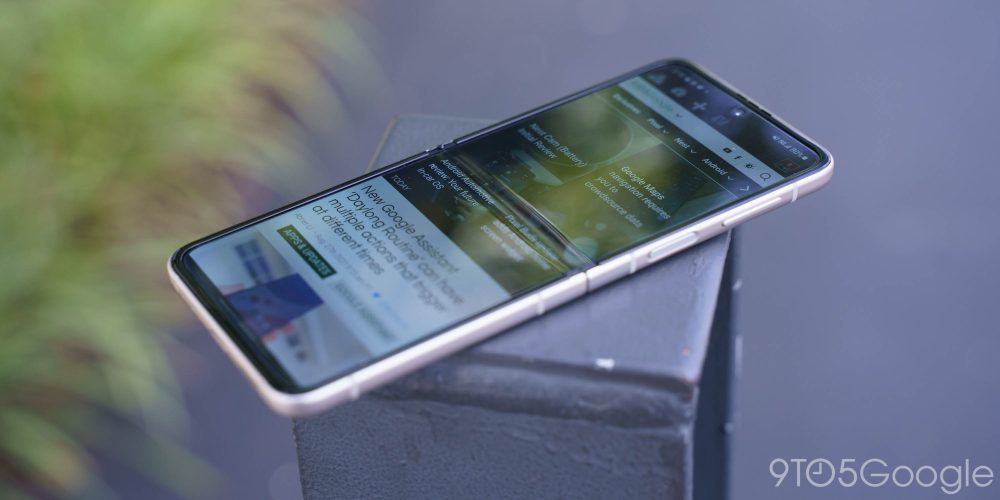
Battery |
So, while we’re on the topic of battery life, let’s get into a bit more detail. The endurance on the Galaxy Z Flip 3 is bad. It’s almost bad enough to write the phone off entirely, but there is one saving grace we’ll get to.
On its default settings, my first two days with the Galaxy Z Flip 3 were incredibly rough. Both days I fell short of 2 hours of active use (screen-on-time) and found myself searching for a charger by around 4 p.m., just 8 hours after starting my day. Not a great start.
To Samsung’s, and more so Android’s, credit things did get better with time. The next few days saw my active use getting closer to 2.5 hours over the course of 10 hours, but that’s still dreadfully bad battery life for a $1,000 smartphone in 2021. In fact, it’s almost identical to what I was getting from the Pixel 4, a device that basically didn’t succeed because of its notoriously bad battery life.
What does that mean for the Galaxy Z Flip 3? Well, it’s not good. The price is certainly right on this phone, but its closest comparison is Galaxy S21+, which has the same display size but a battery that’s almost 50% larger. Those numbers on paper directly relate to real-life usage, too. The Flip 3, under the best scenario, just doesn’t last as long as it should, and that’s a trade-off you’re making because it’s a foldable. The physics of a battery just means that the space taken up by the hinge and the legitimate need for the body to be slim result in a smaller set of cells. The phone physically can’t fit a battery big enough to last all day and the 15W charging on board is not nearly fast enough to make up for it.
All of that said, the one savior here is that you can boost the battery life quite a bit with one quick option. The 120Hz display in the Galaxy Z Flip 3, as mentioned, is insanely power-hungry and is the main culprit of the phone’s battery trouble. Simply switching it to 60Hz improves battery life quite a bit. It won’t turn this phone into a battery champ, but it goes from a hindrance to something that can safely make it through a day, especially if you top it off on commutes. In this mode, I was able to squeeze around 4+ hours of active use over the course of an actual full day — 8 a.m. to midnight in my case.
I asked Samsung about the results I’ve been seeing, but the company wasn’t able to confirm if anything is being done to improve battery life.
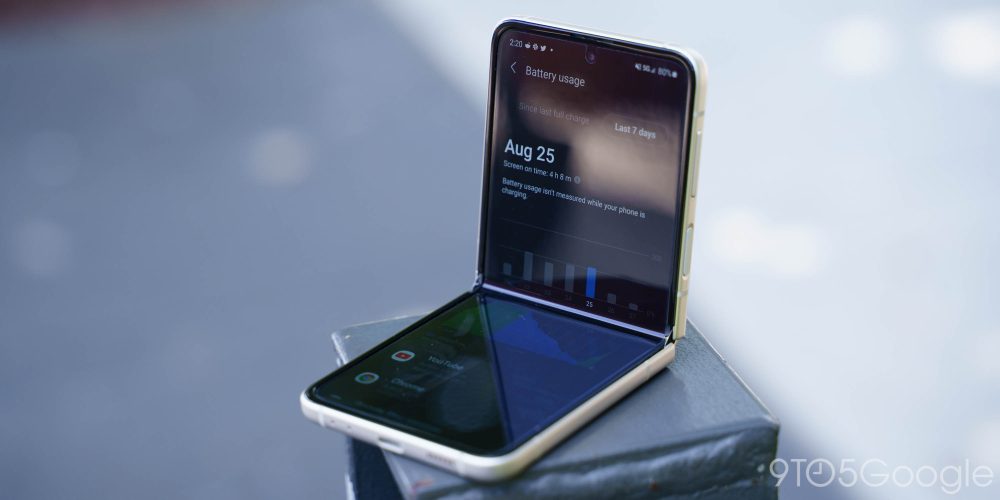
Software & Performance |
Out of the box, the Samsung Galaxy Z Flip 3 is running on Android 11 with the company’s One UI 3.1 skin on top. Like we covered on the Galaxy S21 series earlier this year, that gives the phone a fairly pleasant Android experience that isn’t too heavy and provides some useful features. And, just like on those phones, the Flip 3 runs it all like a champ.
The Snapdragon 888 under the hood is the same chip found in the Galaxy S21 and other current Android flagships with raw performance that matches those devices. The chip is paired with 8GB of RAM, which, while not quite a top-tier spec, is more than enough to comfortably run an Android phone nowadays. Performance for me has been stellar throughout all tasks, whether that’s something as simple as scrolling social media or browsing a dozen tabs in Chrome while doing some research. The Flip 3’s aspect ratio and folding nature put me off of wanting to test any games, but I’m confident the chip is more than capable of it (unlike the battery).
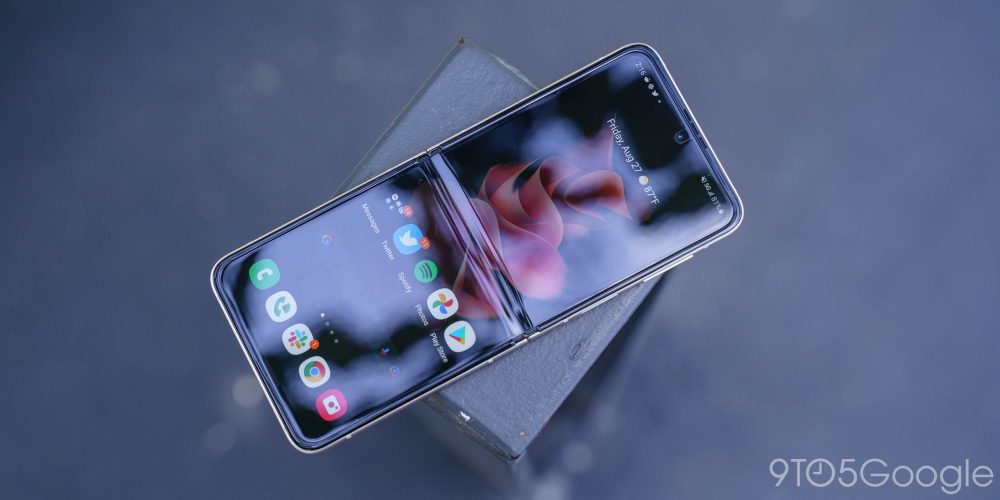
One of the only notes I had regards heat, as the Flip 3 gets warm to the touch much faster than other Snapdragon 888 phones I’ve tested this year. It never gets hot to a dangerous degree, even outside, but it can get uncomfortably warm if you’re heavy on it. This is presumably an effect of the thin design and it really makes itself known when charging.
Camera |
On the back of the Galaxy Z Flip 3 is a duo of 12MP cameras, one for standard shots and another for ultrawide photography. These cameras fall into the class of “good enough.” They won’t blow you away, and they’ll occasionally fail you, but they get the job done just fine most of the time.
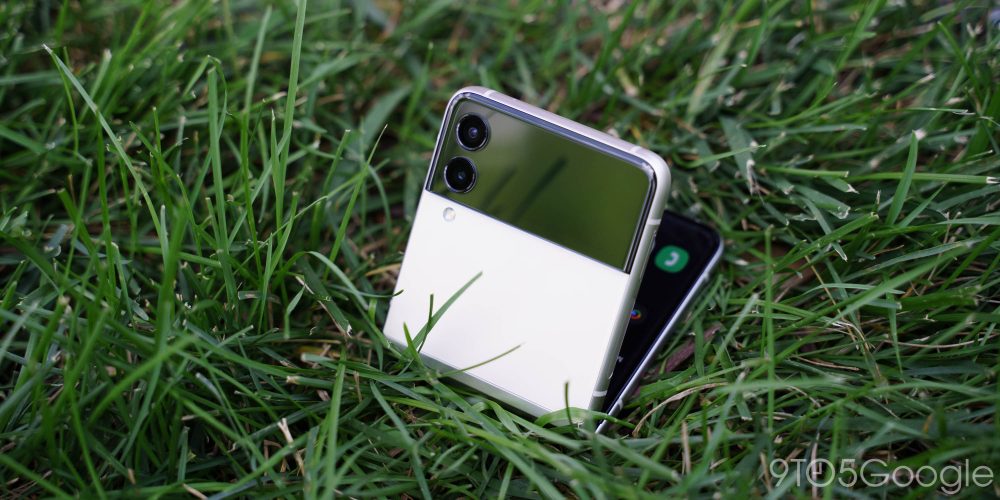
Shots taken with the Flip 3 will be a bit sharp and oversaturated, as is Samsung’s typical look, but the company has definitely toned things back over the years. I’m generally pretty happy with shots from the primary lens, although I feel the ultrawide falls short somewhat often, especially if lighting isn’t absolutely ideal. Plus, the folding screen makes taking shots just that much easier since it’s a built-in tripod.



My real issue with the Flip 3 wasn’t the quality of the cameras, but how slow using them is. This isn’t a software issue, but a hardware one. The folding nature of this phone means you have to open the display to take a shot that’s not a selfie. It’s actually faster on this phone to take a selfie than it is to take a proper shot. That may come in handy for some users, but it certainly wasn’t a benefit for me.
Genuinely, I found myself taking fewer pictures with the Flip 3 solely because the need to open up the phone slowed me down. Admittedly, there’s no easy way for Samsung to fix that, but it’s still a point of friction for me, a guy who takes selfies essentially only for phone reviews (and even then begrudgingly).



Final Thoughts |
Cutting right to the chase, this is the first foldable I can tell people to buy without any major reservations. Samsung has addressed almost every point of friction when it comes to buying a foldable. At this point, the only real questions on Flip 3 are if the form factor is something that’s valuable to you and if you’re willing to put up with the rough battery life. For a ton of people, I’d argue that the battery outweighs the benefits of the Flip and makes it a phone not worthwhile. However, if you’re fine charging up the device a couple of times per day, I think it’ll serve you well.
The Samsung Galaxy Z Flip 3 is available now from , , and carriers including Verizon, AT&T, T-Mobile, and Google Fi.
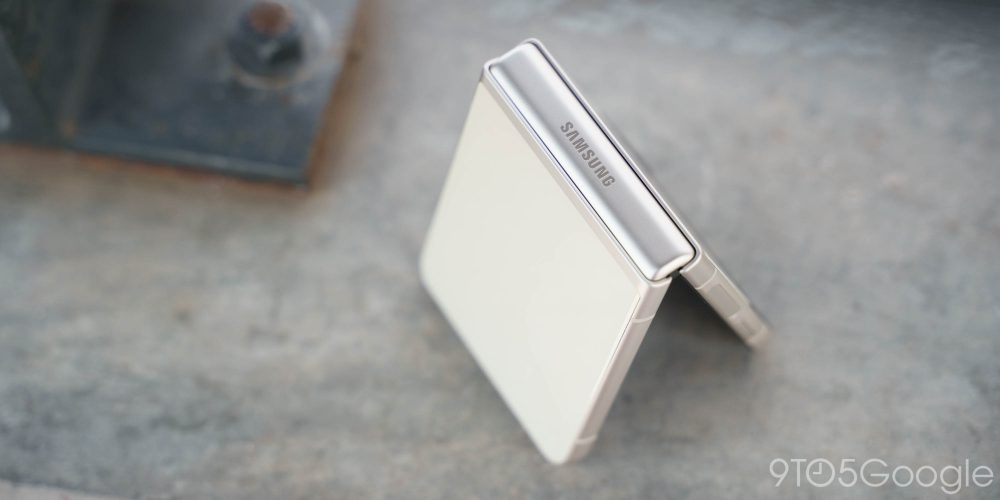
Author: Ben Schoon
Source: 9TO5Google



